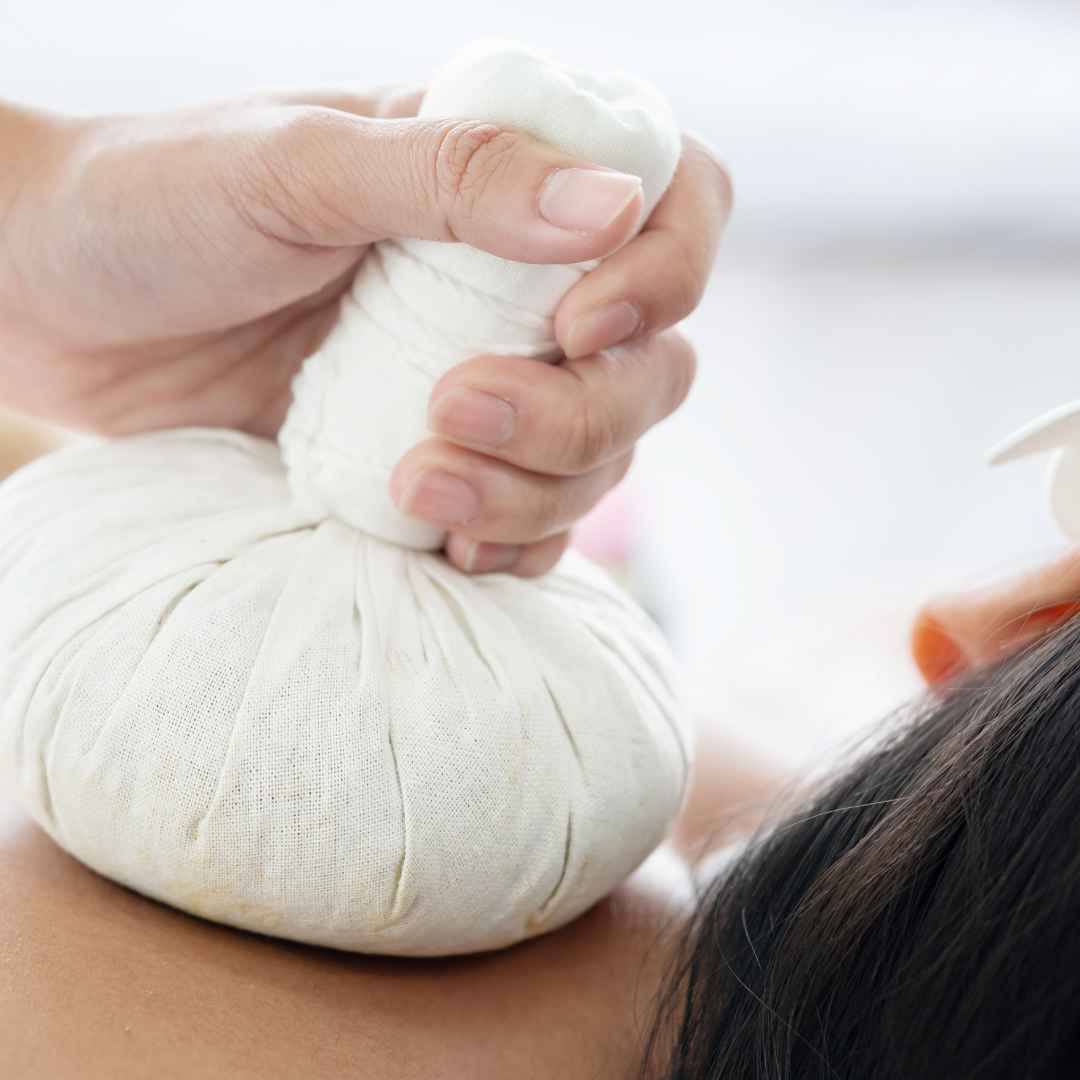What Is Insulin Resistance?
Insulin is a hormone produced by the pancreas that helps move glucose (sugar) from your bloodstream into your cells for energy. Insulin resistance occurs when your body’s cells stop responding properly to insulin, forcing your pancreas to produce more.
Over time, this can lead to high blood sugar levels and eventually type 2 diabetes if left unchecked (CDC).
Signs and Symptoms of Insulin Resistance
Insulin resistance often develops silently, but there are some signs and risk factors to watch for:
-
Fatigue and low energy
-
Increased hunger, especially after meals
-
Weight gain around the belly (visceral fat)
-
High blood pressure or cholesterol levels
-
Dark patches of skin (acanthosis nigricans), especially on the neck or armpits
-
Difficulty losing weight despite diet and exercise
Why Insulin Resistance Matters
If untreated, insulin resistance can progress to prediabetes and type 2 diabetes, raising the risk for heart disease, kidney disease, stroke, and other health complications. It is also linked to conditions like PCOS (polycystic ovary syndrome) in women.
The good news? Research shows insulin resistance is reversible with the right lifestyle changes (Harvard Health).
How to Improve Insulin Sensitivity Naturally
1. Adopt a Low-Glycemic Diet
Choose foods that have a smaller impact on blood sugar:
-
Whole grains (quinoa, oats, brown rice)
-
Non-starchy vegetables (broccoli, spinach, zucchini)
-
Lean protein (chicken, turkey, fish, tofu)
-
Healthy fats (avocados, olive oil, nuts)
Avoid refined carbs, added sugars, and processed snacks that spike blood sugar quickly.
2. Exercise Regularly
Physical activity increases insulin sensitivity. Both aerobic exercise (walking, cycling, swimming) and strength training help your muscles use glucose more effectively (NIH).
3. Prioritize Sleep
Poor sleep disrupts hormones and increases insulin resistance. Aim for 7–9 hours of quality rest.
4. Manage Stress
Chronic stress raises cortisol, which interferes with insulin function. Yoga, deep breathing, and mindfulness can help.
5. Maintain a Healthy Weight
Even modest weight loss (5–10% of body weight) can significantly improve insulin sensitivity.
6. Consider Intermittent Fasting
Some studies suggest that time-restricted eating may improve insulin sensitivity and support metabolic health, but it should be tailored to individual needs.
Foods That Help Improve Insulin Sensitivity
Incorporating these foods may support better blood sugar balance:
-
Berries – rich in antioxidants that reduce inflammation
-
Leafy greens – low-carb and high in magnesium
-
Fatty fish – omega-3s help lower inflammation
-
Nuts & seeds – healthy fats and fiber
-
Cinnamon – shown in studies to improve insulin sensitivity
Final Thoughts
Insulin resistance is a warning sign, but it doesn’t have to progress to diabetes. With the right mix of diet, exercise, sleep, and stress management, you can improve insulin sensitivity and protect your long-term health.
If you suspect you may have insulin resistance, ask your healthcare provider about testing (such as fasting glucose or HbA1c). Early action makes all the difference.
Share
Read more

Recovery with Cold and Heat Therapy: The Science of Healing
Discover how cold and heat therapy support faster recovery, reduce muscle soreness, and improve circulation. Learn the science behind these methods for optimal healing.

Gut Health and the Microbiome: How to Improve Your Digestive & Overall Wellnes
Learn how your gut microbiome affects digestion, immunity, mood, and weight. Discover the best foods, probiotics, and lifestyle tips to support gut health naturally.

